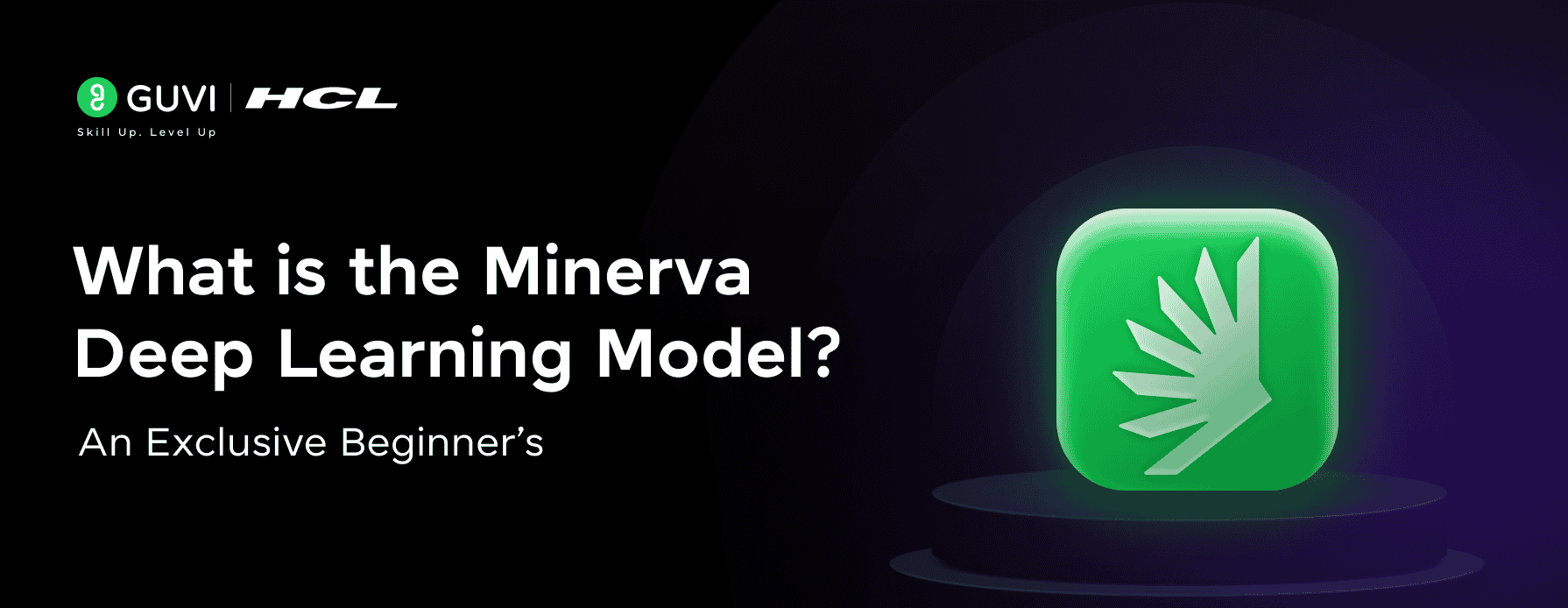
What is the Minerva Deep Learning Model? An Exclusive Beginner’s Guide [2025]
Sep 10, 2025 3 Min Read 1135 Views
(Last Updated)
Have you ever wondered how artificial intelligence is beginning to solve complex mathematical problems and quantitative reasoning tasks? With advancements in deep learning, models like Google AI’s Minerva are now capable of doing exactly that—solving equations, interpreting symbolic notations, and reasoning step-by-step like a human.
But what exactly is Minerva, how does it work, and can you use or work with it? I’m here to show you exactly how you can and should learn as well as work with it. In this blog, you’ll discover what deep learning is, how it works, and how Minerva stands out in solving math and science problems more accurately than ever before. Let’s get started!
Table of contents
- What is Deep Learning?
- Key Features of Deep Learning Language Models:
- Minerva: A Deep Learning Model for Math & Reasoning
- Key Features of the Minerva Model:
- How Minerva Solves Quantitative Reasoning Problems
- Where Minerva Outshines Traditional Models
- How Is Minerva Different from Other Models Like BERT or GPT-3?
- Concluding Thoughts…
What is Deep Learning?
Deep learning is a specialized subfield of machine learning that uses neural networks designed to mimic the human brain. These models can learn from large datasets, adapt to new problems, and make predictions or classifications without explicit programming for each task. Deep learning is especially crucial in natural language processing (NLP), computer vision, speech recognition, and more.
![What is the Minerva Deep Learning Model? An Exclusive Beginner’s Guide [2025] 1 1. What is Deep Learning](https://www.guvi.in/blog/wp-content/uploads/2025/07/1.-What-is-Deep-Learning_.png)
Key Features of Deep Learning Language Models:
- Built on neural networks that learn patterns from data.
- Can understand and generate human-like text.
- Form the foundation for applications like translation, summarization, chatbots, and question-answering.
- Models like BERT, GPT-3, and ChatGPT rely on deep learning to function.
- They process input sequences, understand context, and predict outputs with high accuracy.
Let’s take an example: If you feed a deep learning model a dataset of animal images labeled as “Lion,” “Tiger,” or “Bear,” it will automatically learn the distinct features of each animal—like ear shape or fur patterns—and categorize new images with impressive accuracy.
Minerva: A Deep Learning Model for Math & Reasoning
While most language models excel at conversational tasks, they struggle with logic-heavy fields like mathematics, science, and engineering. That’s where Google AI’s Minerva comes in.
Minerva is a large language model fine-tuned specifically on technical content. It uses the Pathways Language Model (PaLM) architecture and is trained on datasets rich in LaTeX, MathJax, and other symbolic notations, enabling it to retain mathematical structures throughout training.
![What is the Minerva Deep Learning Model? An Exclusive Beginner’s Guide [2025] 2 2. Key Features of the Minerva Model](https://www.guvi.in/blog/wp-content/uploads/2025/07/2.-Key-Features-of-the-Minerva-Model_.png)
Key Features of the Minerva Model:
- Specializes in quantitative reasoning, symbolic math, and science.
- Solves problems step-by-step using natural language explanations.
- Handles LaTeX-based inputs and outputs.
- Trained on scientific texts, research papers, and academic questions.
- Outperforms general-purpose LLMs in STEM domains.
How Minerva Solves Quantitative Reasoning Problems
Minerva tackles complex problems through a multi-step reasoning process. Here’s how it works:
![What is the Minerva Deep Learning Model? An Exclusive Beginner’s Guide [2025] 3 3. How Minerva Solves Quantitative Reasoning Problems](https://www.guvi.in/blog/wp-content/uploads/2025/07/3.-How-Minerva-Solves-Quantitative-Reasoning-Problems.png)
- Input Processing: Understands the problem stated in natural language and symbolic notation.
- Stepwise Reasoning: Writes equations, performs algebraic operations, and derives solutions one step at a time.
- Symbolic Output: Outputs both LaTeX-rendered formulas and plain-text explanations.
- Verification: Uses majority voting across multiple attempts to choose the most accurate answer.
The whole process is explained in the following diagram, which uses the Minerva Deep Learning Model:
Diagram Representing an Equation illustrated by the Minerva Model
In the diagram, we can see that the Minerva Deep Language Learning model uses Symbolic notations to solve the Equation of the Electric power. It gives the best and most accurate results when compared to Normal processing.
Now let’s see how it solves a mathematical problem using notations:
Minerva Deep Learning Model Solving a Mathematical Problem:
The model derives the solution by writing down the line equation, simplifying it, substituting x, and solving for y. The model outputs valid LATEX along with natural language explanations. The approach taken by the model is different from the one used in the ground truth target.
Let’s discuss a few more examples for you to understand better:
Example 1: Solving a Physics Equation Let’s say the input is: “Calculate the electric power using the formula P = IV, where I = 2A and V = 110V.”
- Minerva recognizes the equation and variables.
- Substitutes values and performs the multiplication.
- Outputs: “P = 2 x 110 = 220W”
Example 2: Solving a Line Equation Given a problem to find the value of ‘y’ when x = 4 in y = 2x + 3:
- Minerva substitutes x = 4.
- Computes y = 2*4 + 3 = 11.
- Provides both the steps and the final result with an explanation.
Where Minerva Outshines Traditional Models
Traditional models like GPT-3 or ChatGPT perform well with general questions but struggle with structured symbolic reasoning. Minerva, on the other hand, achieves state-of-the-art results in:
- Physics
- Chemistry
- Engineering
- Solid-state materials
- Mathematics
- Artificial Intelligence coursework
Because it has been fine-tuned specifically on technical data, Minerva is more reliable for tasks that involve formulas, derivations, and precise logic.
How Is Minerva Different from Other Models Like BERT or GPT-3?
- Minerva is math-focused and reasoning-oriented, trained on academic-style datasets.
- BERT is designed for understanding context in natural language.
- GPT-3 excels at open-ended language generation.
Think of Minerva as the go-to expert when you want your AI to solve calculus or physics questions, not just tell you a story or answer trivia.
Want to master AI models like Minerva? HCL GUVI’s Artificial Intelligence & Machine Learning Course, designed in collaboration with IIT-M and industry experts, is perfect for you. This hands-on course helps you learn key concepts like deep learning, model training, and advanced applications, just like Minerva, making you job-ready in one of the most in-demand fields today.
Concluding Thoughts…
The Minerva Deep Learning Language Model is revolutionizing how we solve STEM problems with AI. Its ability to handle symbolic notation, reason through multi-step problems, and provide accurate, explainable solutions makes it a game-changer in education, engineering, and scientific research. And this is just the beginning of its capabilities.
If you’re a student, researcher, or data scientist, learning about models like Minerva can give you an edge in applying AI to real-world quantitative challenges. The future of math-solving AI is here, and it looks incredibly promising. So go through everything and keep learning. Good Luck!


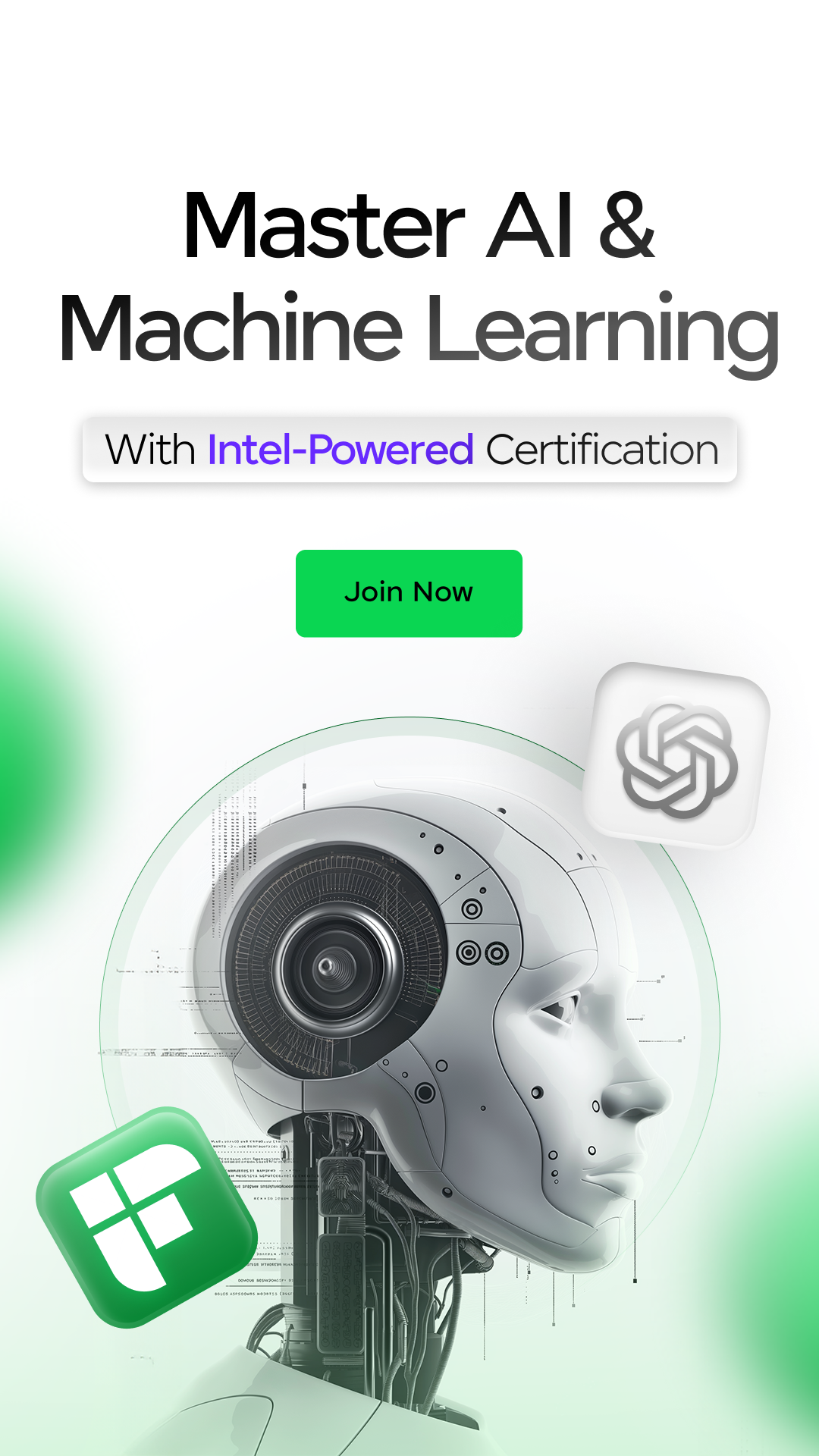
















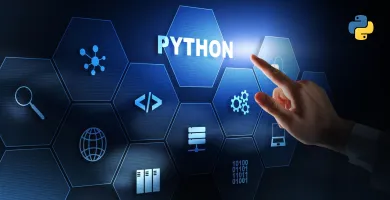



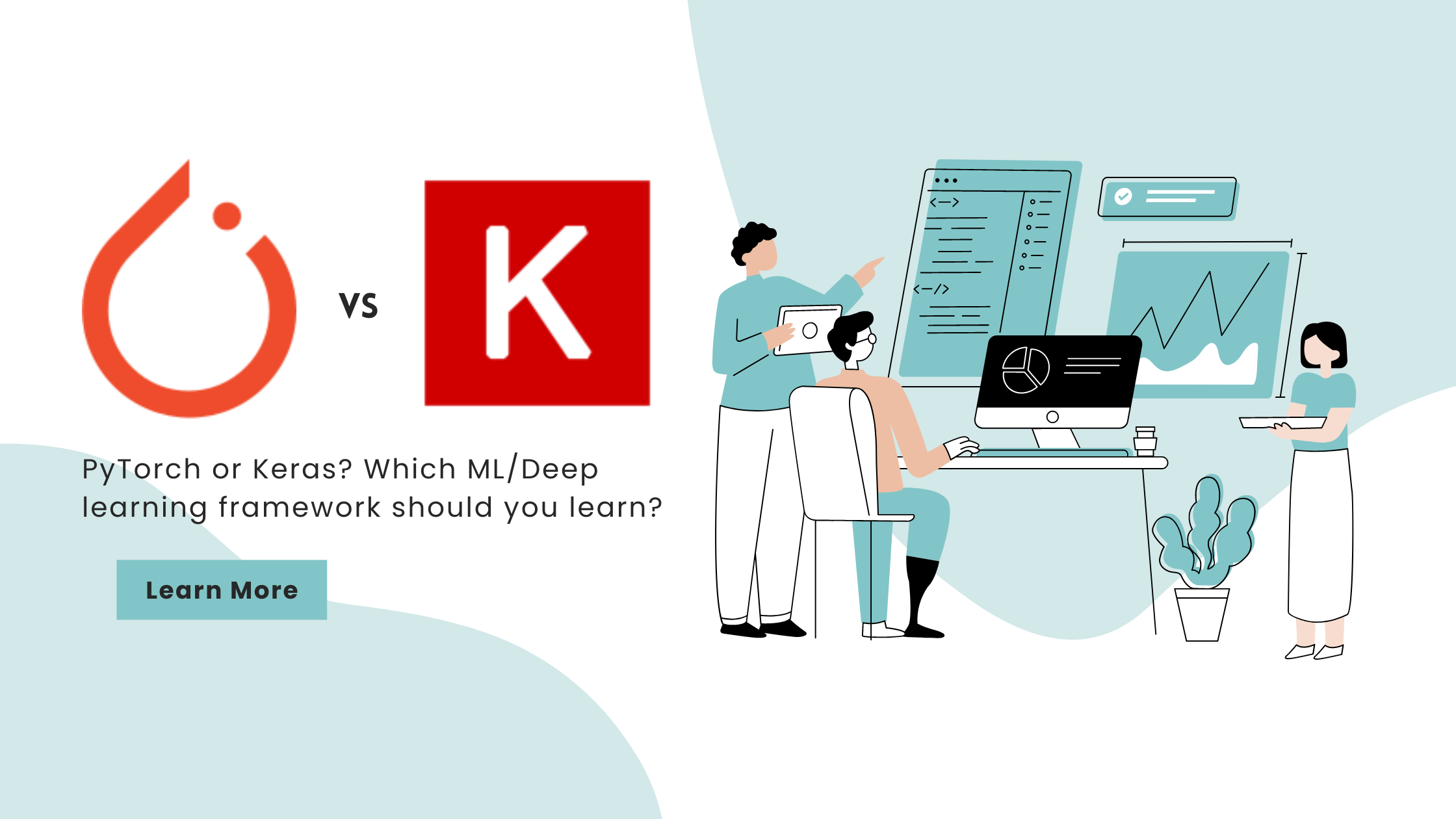
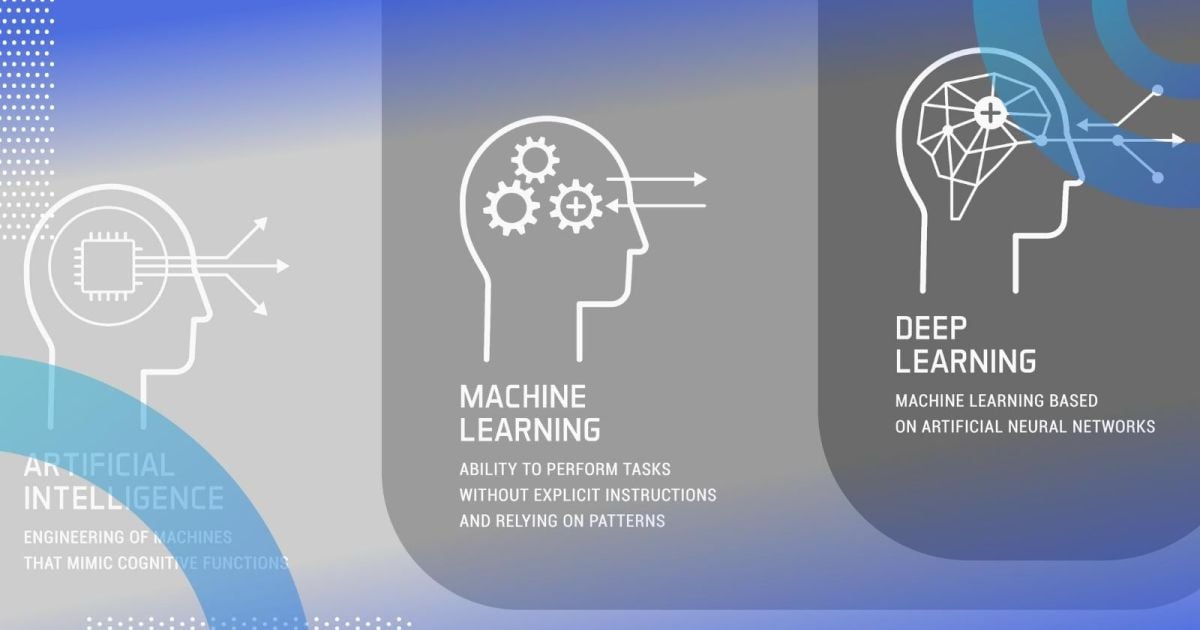

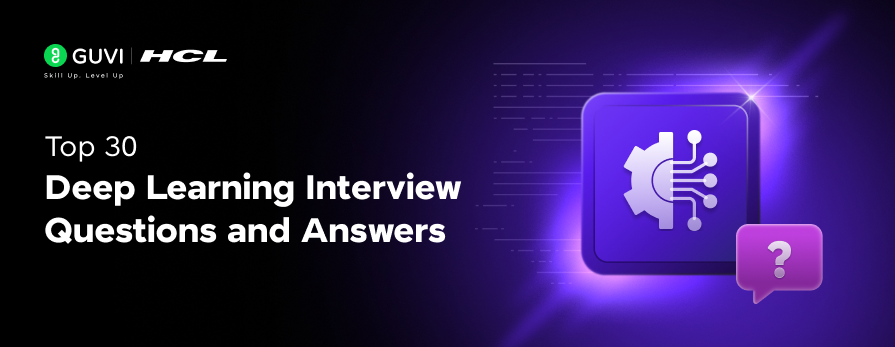
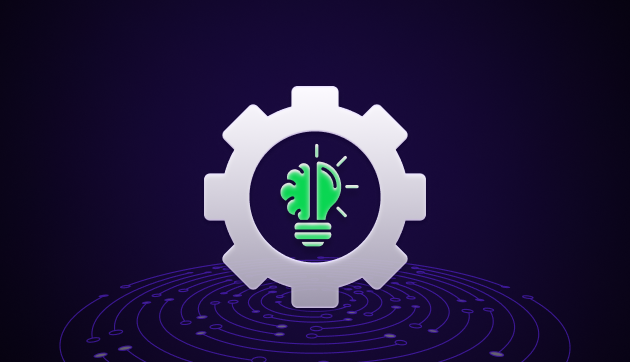

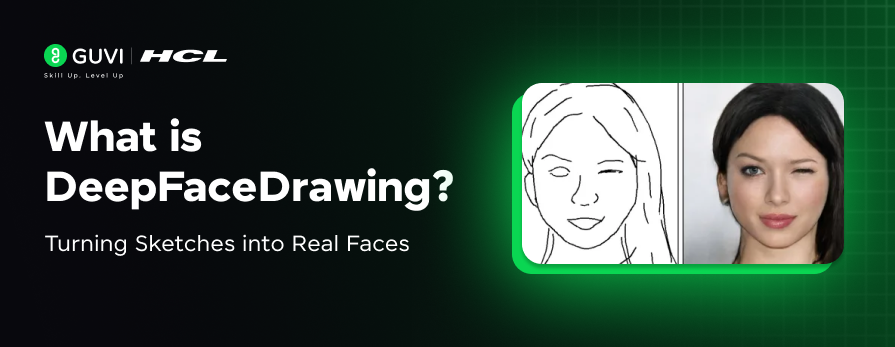
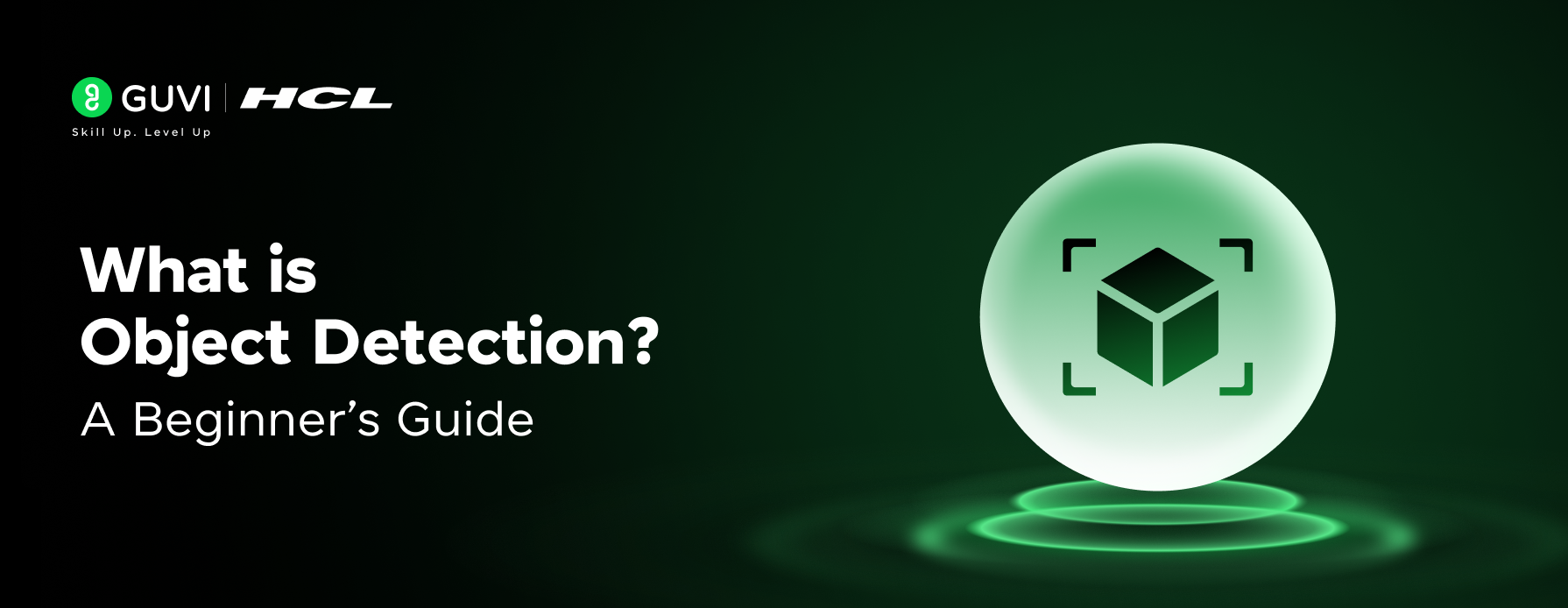





Did you enjoy this article?